This pecha kucha was given at July Green Tease run by Creative Carbon in Glasgow School of Art.
Flux Chamber is a multidisciplinary project which is finding ways to see Carbon Landscapes. We are preparing an event for the Environmental Art Festival of Scotland on Saturday August 29th. I am working on this with biogeochemist (Professor Susan Waldron) and a teacher of environmental literature (Dr David Borthwick) from the University of Glasgow.
A Flux Chamber is also the name of a biogeochemist’s tool that shows exchanges of gas and energy as a river flows. Susan assesses scientifically how much carbon dioxide a river releases in different conditions. We will put a Flux Chamber to work to look at Carbon Landscapes in rural Dumfrieshire.
In April, I joined a field trip where Susan Waldron taught undergraduates how to use a Flux Chamber, in a river flowing out of carbon rich limestone at Malham Tarn. This is a classic Carbon Landscape where the carbon-loaded river degasses into the atmosphere.
Despite the enjoyment of paddling in a river on a sunny day, I was taken aback to find that the atmospheric baseline reading was up to 400 ppm. The students interpreted what they found in relation to river velocity and Ph readings, and found the CO2 levels on the surface of the river near the cliffs were much higher than the atmosphere – the river was shedding carbon.
Below, you see the spot we have chosen as a Demonstration Site on our riverside walk (Cample Cleuch, near Thornhill). We will take measurements – and as you see, the scene will be documented by a plein air artist. I plan to graph the Flux Chamber readings (I will need to take an easel and an umbrella). An artist of carbon landscapes, I learn, must become interested in river meanders and armoured banks.
It seems that you have to think about Carbon Landscapes before you see them. There is nothing new about these processes, but if people are to protect naturally stored carbon, we need to develop sensibility to see how carbon is gained, lost and recycled.
I use drawing to think through flows of carbon between different reservoirs – marine, terrestrial, atmospheric. I begin to understand Susan’s fascination with the influences on the release of carbon into the atmosphere – which has daily and seasonal patterns as well as human impacts.
The way that humans use land influences how much carbon the river carries, or how much is sequestered. To a biogeochemist, this landscape at Morton Castle is a register of seasonal tree growth, biomass of silage, and the transformation of carbon between different kinds of life-forms.
We did a preparatory walk on site last week. As a visual artist, I am focussing on how carbon landscapes can be seen, and David Borthwick is applying expertise about how poets work with such themes, and Claire Pençak – a choreographer – joined us in thinking how to move along a riverbank and sense how carbon moves through water.
A catchment map of Morton shows Cample Cleuch running from the reservoir (in the centre of the image). The blue lines on the map are places where, we learned, efflux of carbon into the atmosphere is constantly taking place. In other part of the map, there might be carbon gain as well as loss.
On site, we learned that the more sound a river makes, the more carbon it is losing. In other words, turbulent waters release carbon dioxide much more readily than smooth waters. This gives an additional meaning to the cascades of a waterfall.
These additional meanings (which are available via our senses) are what Susan considers to be ‘auras’ of carbon landscapes. Another ‘aura’ is conveyed by water colour, indicating the amount of organic carbon within river water. (These samples are in pigment jars from Cornellissen Fine Art Supplies).
Soil erosion is something our new Carbon Landscape school must bear in mind! Not just a source of pigment and vivid coloration – think of the carbon leaching from this exposed site, the activity of microorganisms, and the prevention of sequestration.
Within the grand sweep of global carbon cycling, microclimates can be studied such as how moss favours wetter sites, and how trees bend in relation to soil composition.
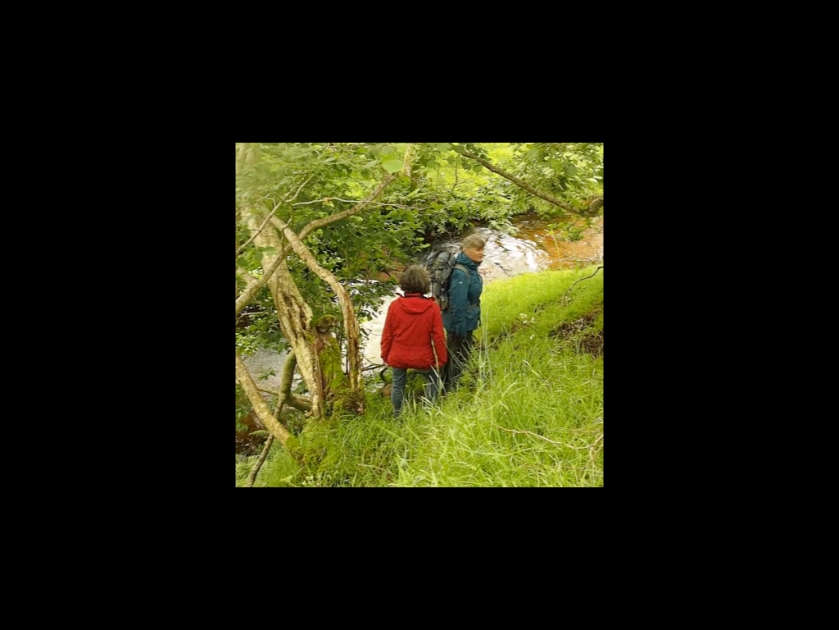
For me, other creatures are a proxy to understand why the details of gas exchange are important (see earlier post). On a walk near Selkirk I found caddisflies, entomological indicators of pure water. I watched them in their larval cases move slowly across the river stones. My photo sits next to a textbook illustration of varied larval cases.
Each insect stage and species has a different means of wresting oxygen from the air. Aquatic insects depend on a variety of elaborately evolved body parts to breathe, and conditions can be unfavourable, such as heat, stagnation, poor aeration.

I learned that inside their larval cases, this species of caddisfly waft water over their several tufts of finger like gills. The cases use found materials – wood in this instance – bound with silk.
As well as global reservoirs of carbon, I am trying to envisage carbon landscapes in the small-scale activity of different species within microclimates. Of course carbon landscapes can be seen in urban settings too. We depend on scientific research to be clear about the ‘anthropogenic signal’ in carbon landscapes . To indicate that, here is an invasive and destructive signal crayfish…
This artist-led project is also about finding ways to work across disciplines on what could be categorised as public engagement, but at heart is an exchange of ideas, values, and impressions to create a multi-layered perception of processes occurring around us.

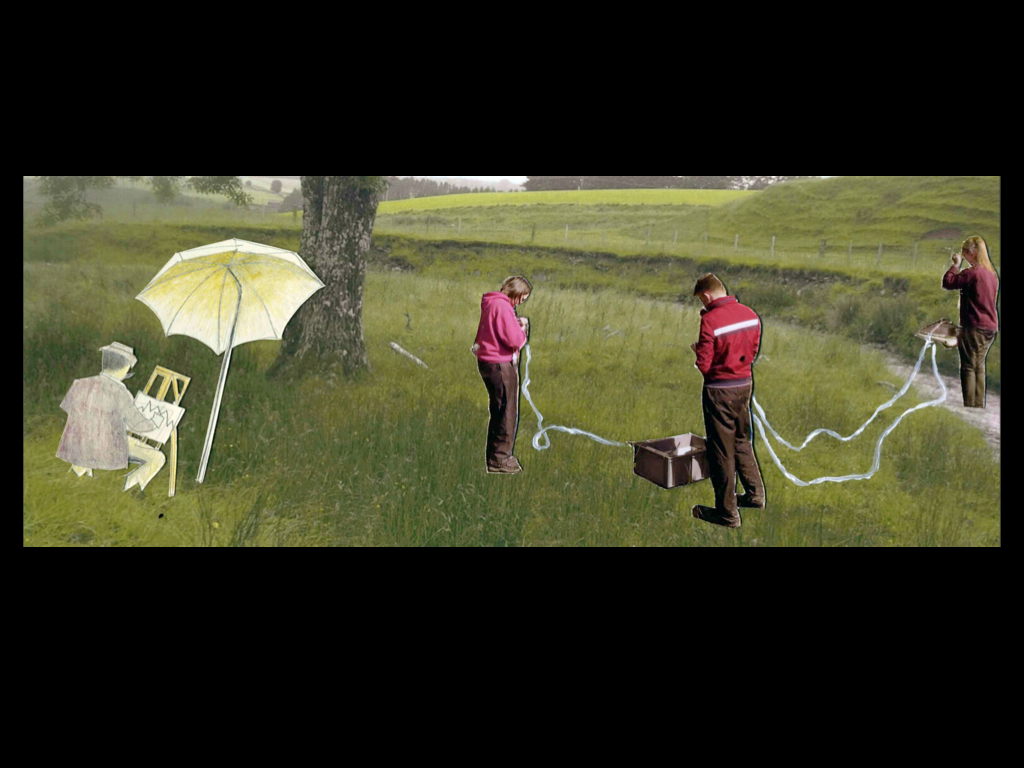
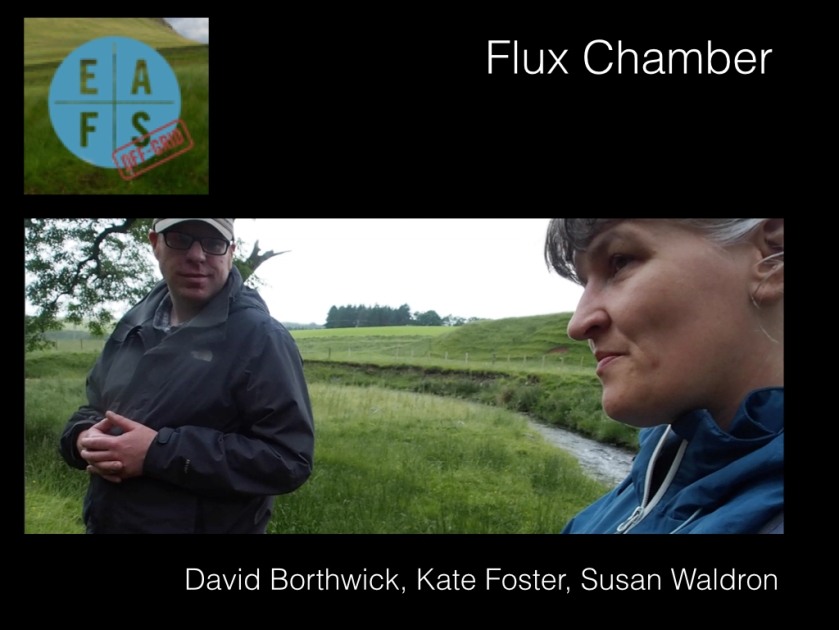
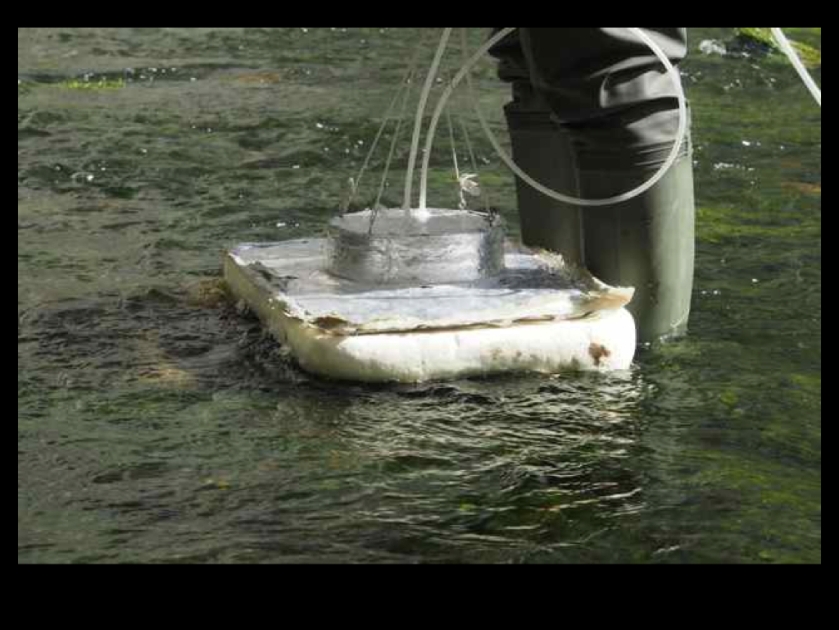
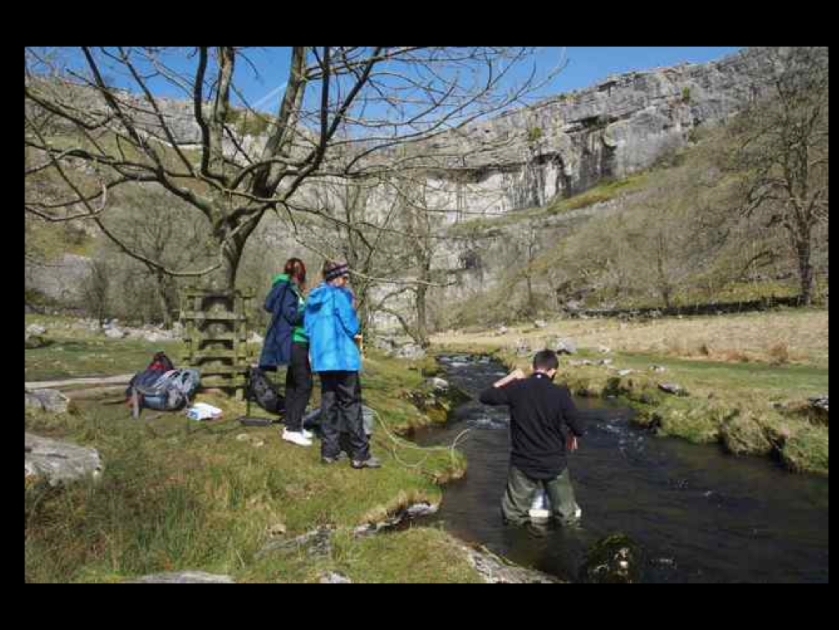
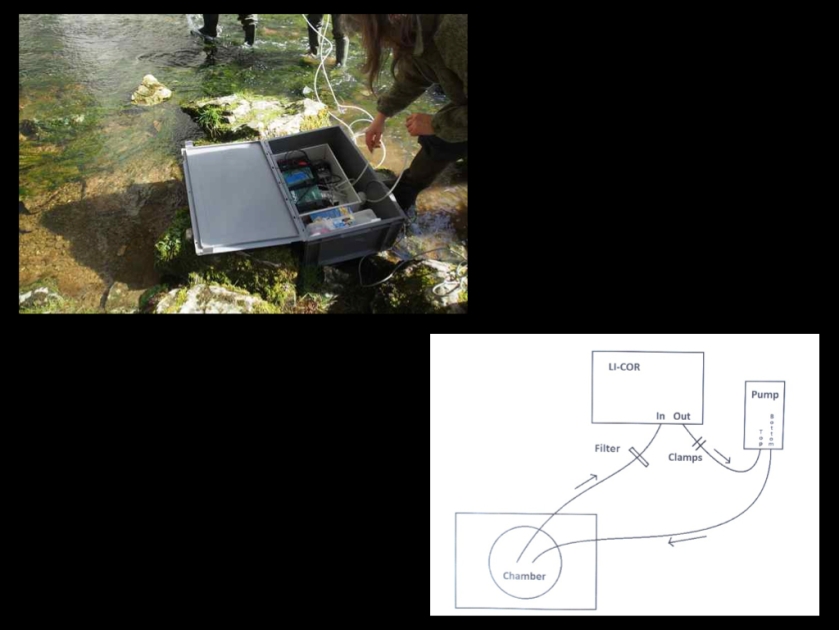
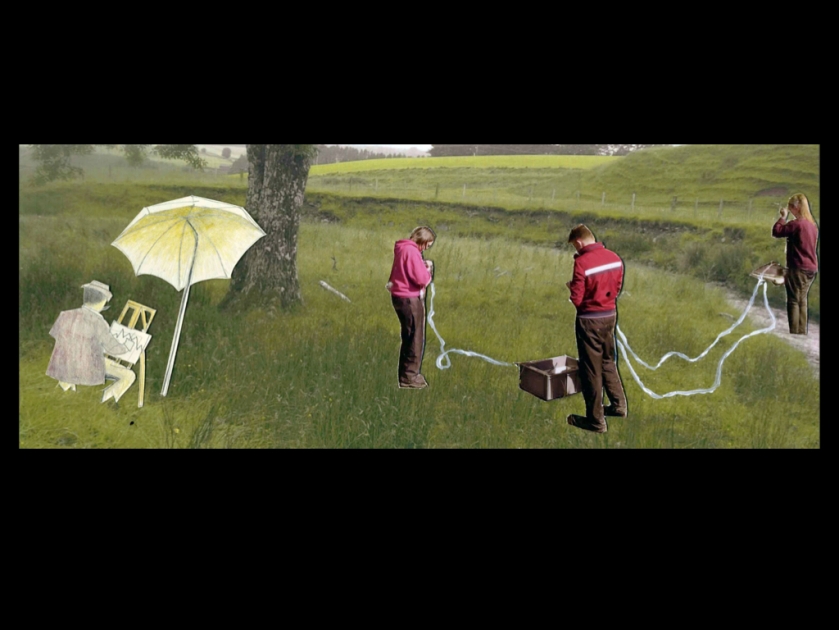

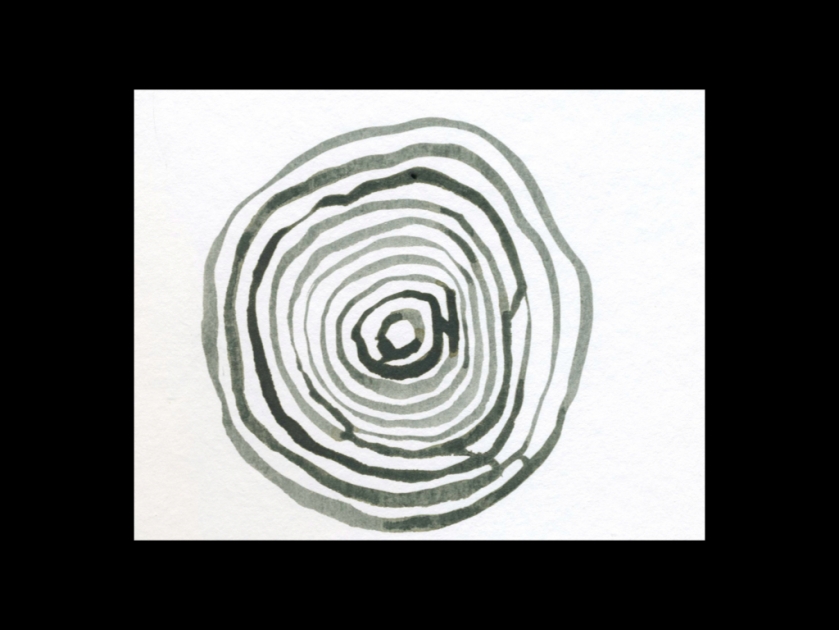
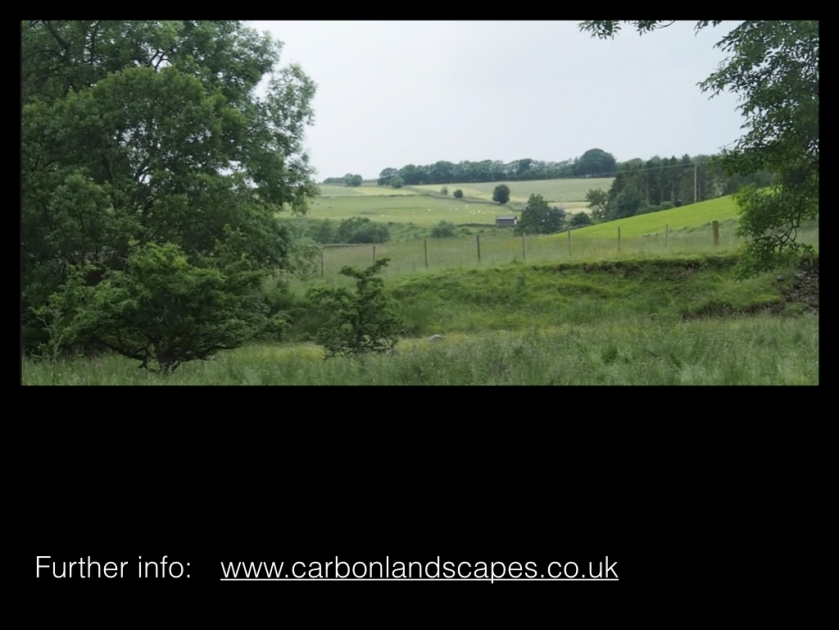
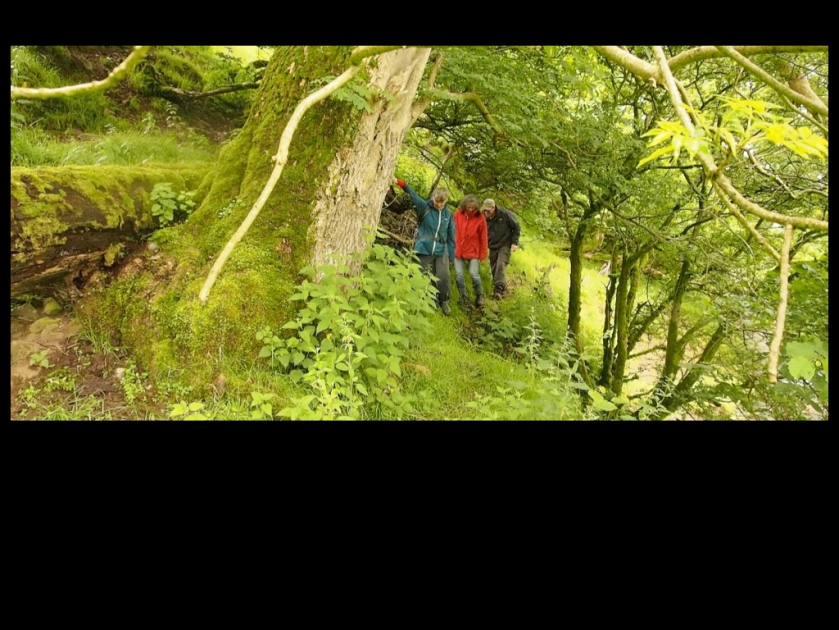

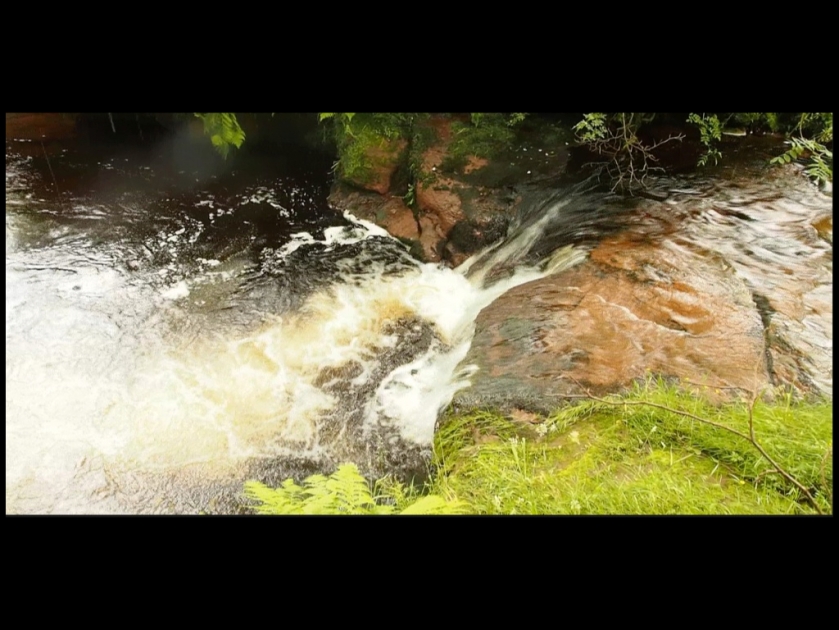
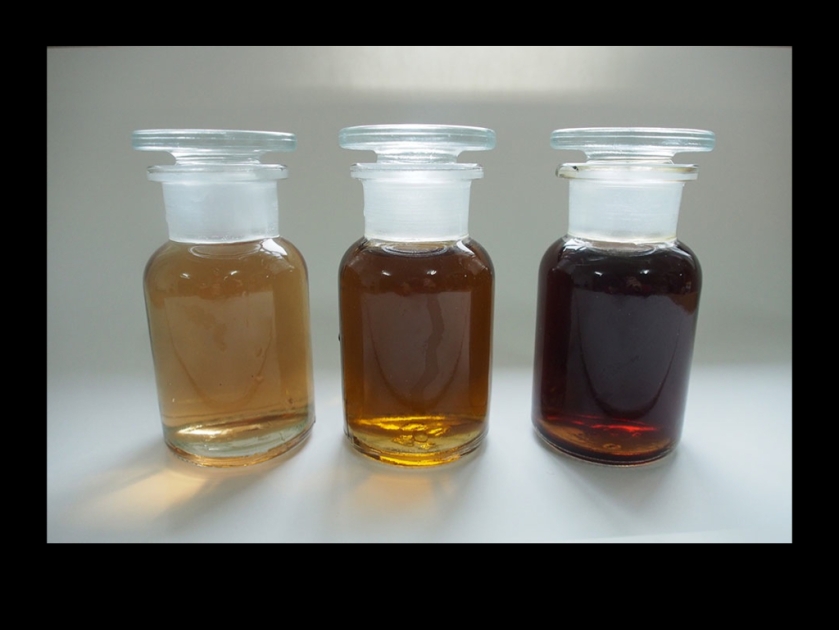
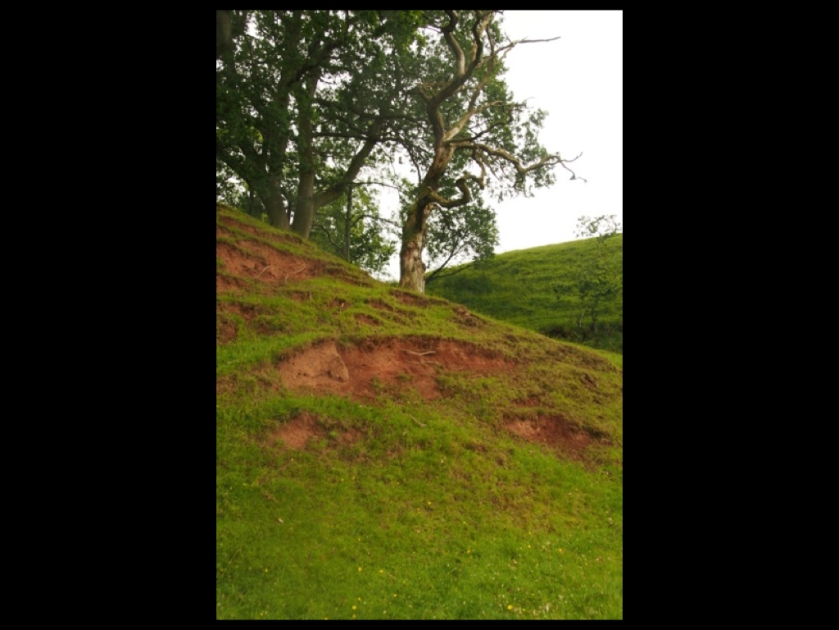
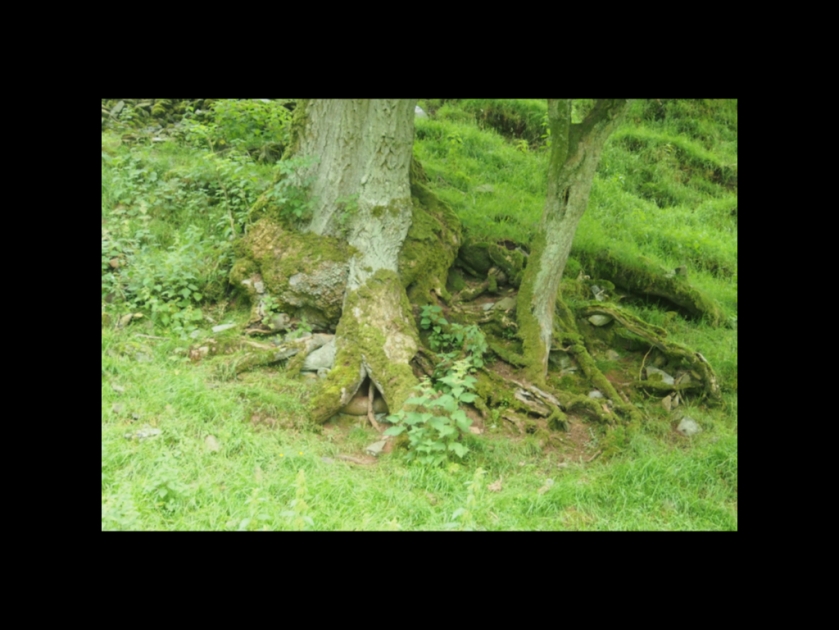
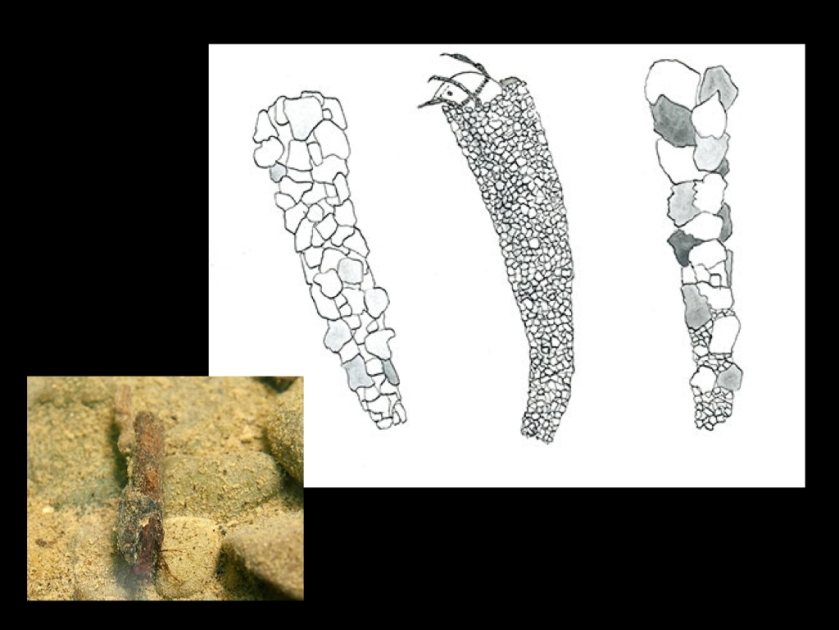
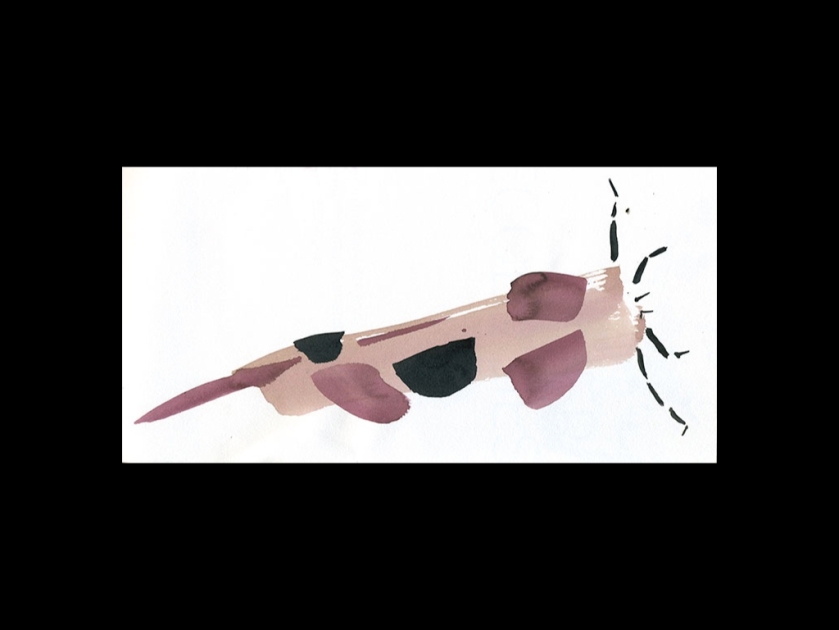

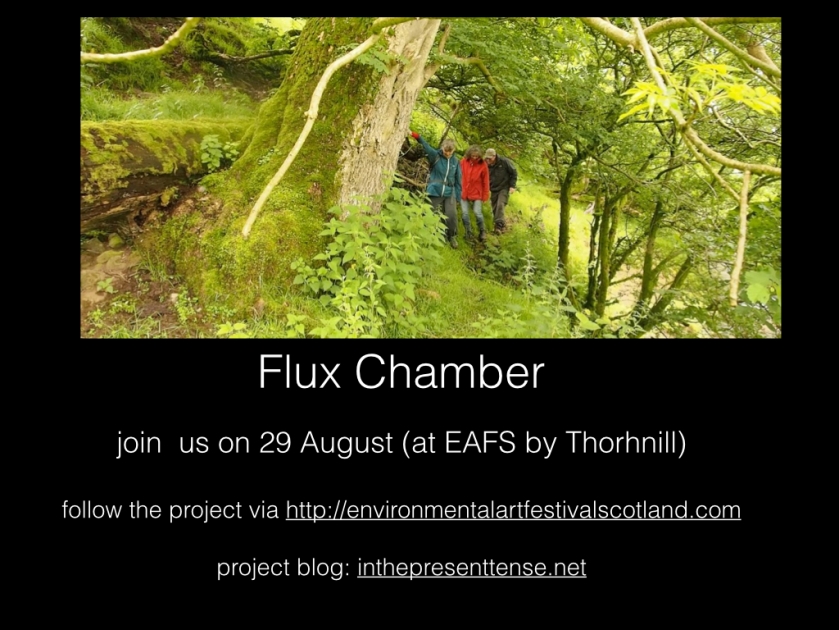
2 thoughts on “Introducing ‘Flux Chamber’: pecha kucha format”